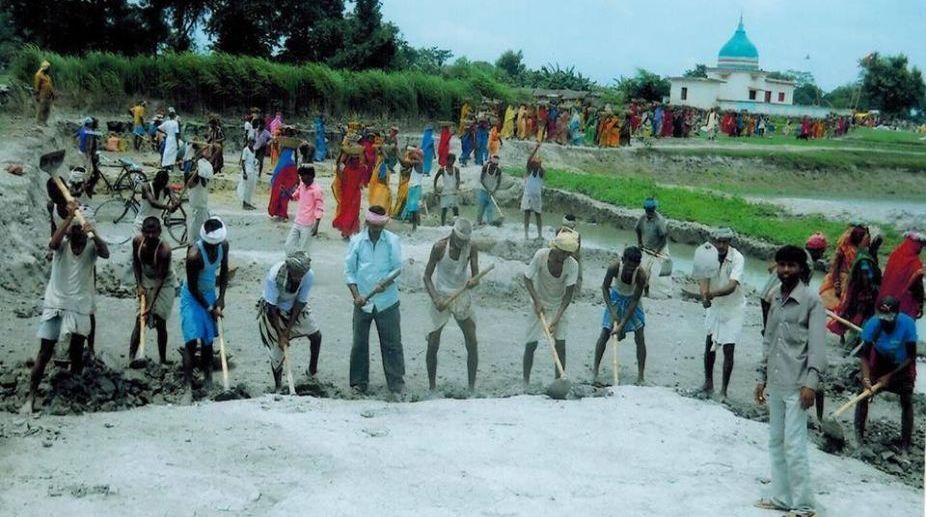Many large companies to move Appellate Authority against GST demand notices
In recent days, an increasing number of GST notices have been sent to many companies mainly on account of alleged discrepancy in input tax credit (ITC).

(Photo: Facebook)
It is a measure of the economic slide that plagues rural India that there has been a remarkable surge in the demand for jobs under the Mahatma Gandhi National Rural Employment Guarantee Scheme. Apart from the general slowdown after the trumpeting of GDP growth ~ inflation has ballooned to a five-month high ~ the shrill for extension of the scheme is no less an index to the havoc wrought by drought. While agriculture is withering in large parts of the country, paddy fields have been washed away by the extensive floods.
It is the farm labourer, therefore, who is direly in need of a livelihood. The development reaffirms that the scheme has the potential to be effective if properly implemented, free of the meddling by middlemen. There are a couple of imperatives that the BJP dispensation cannot afford to ignore. The first is the need to clear the arrears; the other is to ensure that the payment for 100 days of work each year are effected with due promptitude. Yet another is the need to enhance the payment to enable the hapless villager to cope with the soarings inflation, most particularly of certain essential commodities post the introduction of GST.
What will they know of GST who only seeds and paddy know? The surge in demand is said to have prompted the Union rural development ministry to urge the finance ministry for a hike in funds. If the data in the ministry’s website is any indication, the Mahatma Gandhi NREGS has generated 119 crore mandays from April to August this year, indeed the first five months of the current fiscal. This is the irony of the rural economy in the midst of the blight in the farm sector. A closer calibration would indicate that this figure is 55 per cent of the estimated 215 crore mandays this year, which is more than half of last year’s 236 crore mandays.
Advertisement
The rising demand for the scheme can arguably be attributed to the overwhelming economic slowdown in the rural belt, verily the flip side of the grot and glitz of urban India. Seventy years after Independence, the country remains predominantly rural, and it is its populace that is today in search of a source of livelihood. The high-minded discourse over growth and development has seldom been more crucial as now. Only last month, the government’s Central Statistics Office advanced data on economic growth.
Rural India bears witness to an antithesis of the term. At 5.7 per cent, growth has plummeted to a three-year low. In a situation such as this, delayed wage payments can defeat the objectives of the scheme. The target group is aware of the benefits of NREGS. The poor have been let down by nature; they need to be taken care of by governments both at the Centre and in the states.
Advertisement